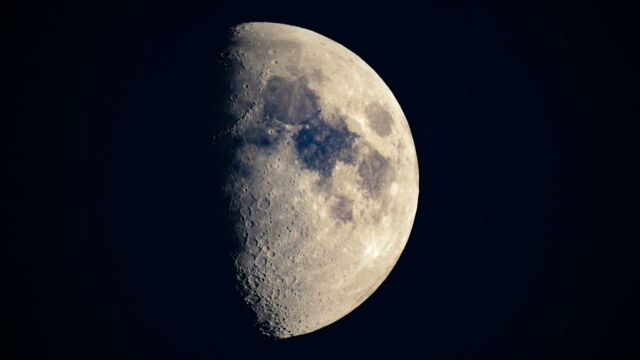Dotted with craters, the moon has a rugged terrain that is difficult to access. The current rovers sometimes struggle to circulate on these raw and virgin lands. Thus, MIT has developed another type of rover, capable of studying an area without landing there. It is a flying saucer and this is what it does.
Discover our latest podcast
A major asset for exploration of the Moon and its asteroids
The wheel mechanism of a rover struggles to travel on the rough terrain of the celestial body. Thus, it is clear that these areas are still of interest to science. So, to best optimize research and possible samples, engineers have developed a device equivalent to a flying saucer.

This new rover could therefore very well be implemented in future space expeditions, as reported by Wion. Oliver Jia-Richards, a graduate student in MIT’s Department of Aeronautics and Astronautics and the study’s lead author, said:
That spacecraft operated around a small asteroid and deployed small rovers to its surface. Similarly, we think a future mission could send out small hovering rovers to explore the surface of the moon and other asteroids.
A flying saucer with ion thrusters
Weighing no more than 900 grams, this flying saucer would be able to hover over the Moon and also its asteroids at 1cm in height and would consume very little energy. This saucer would also be equipped with ion thrusters, according to Popular Science.

This would allow the vehicle to hover above the ground thanks to a negative charge, which counterbalances with the positive charge of the ground, as per tests carried out on Earth. This invention might be a small step for now, but it is sure to make a large contribution in the long run.
This article is translated from Gentside FR.
Read more:
⋙ NASA reveals deepest image of the universe from new space telescope
⋙ Researchers make remarkable discovery of alcohol in space
⋙ Here’s everything you need to know about today's Strawberry full moon















